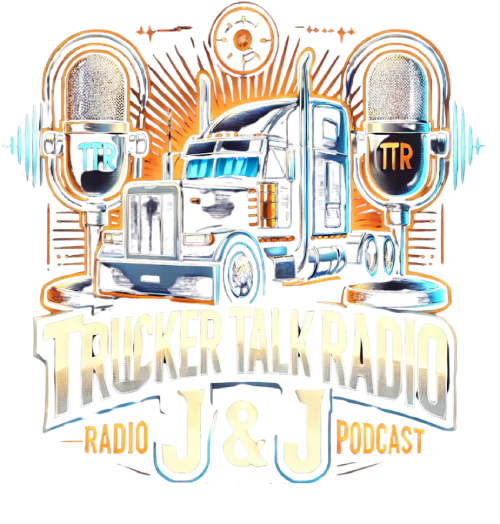Following Fleet Equipment’s exclusive preview of the Q3 2024 truck parts and labor cost analysis, a recent report from the American Trucking Associations’ Technology & Maintenance Council in collaboration with Decisiv Inc. indicates a decrease in parts and labor costs during the fourth quarter of 2024. After witnessing a rise in the third quarter of 2024, which followed three consecutive quarterly declines, the combined parts and labor expenses fell by 1.6%, as reported in the latest Decisiv/TMC North American Service Event Benchmark Report.
The decline in costs for Q4 compared to the previous quarter is linked to the usual reduction in service activities that occurs after elevated pre-holiday freight volumes during Q3 each year. This observation correlates with the American Trucking Associations’ For-Hire Truck Tonnage Index, which noted drops in both November and December of the previous year.
Methodology of the Report
The Decisiv/TMC Benchmark Report utilizes comprehensive service data analysis. Decisiv gathers and reviews parts and labor costs with respect to 25 Vehicle Maintenance Reporting Standard (VMRS) system-level codes, which encompass over 97% of total spending on parts and labor. This analysis involves more than seven million assets and over 300,000 maintenance and repair occurrences each month at more than 5,000 service locations.
Trends and Insights
During the fourth quarter, combined costs increased in only nine out of the 25 VMRS Systems monitored, down from 19 systems in the preceding quarter. This latest drop is significant, particularly as it follows a 4.7% rise in the number of service operations reported.
“The reduction in parts and labor costs is advantageous for service providers and fleets after the previous quarter’s uptick,” stated Dick Hyatt, CEO of Decisiv. “These figures imply that parts supply chains are stabilizing and technician retention has improved. Service operations are becoming more adept at handling a greater volume of events efficiently. Enhanced service management, communication, and collaboration between internal operations and dealers are leading to better profit margins for fleets.”
Analysis of Cost Reductions in Truck Parts and Labor
Data comparing quarters revealed a 1.5% fall in parts costs alongside a 1.9% decrease in labor costs. The decline observed in Q4 may suggest that parts prices are starting to stabilize, while lowered expenses might also be a result of a revitalized supply chain. Moreover, the uptick in operations could explain the decrease in labor costs, indicating reduced turnover among technicians.
Year-over-year, combined costs in Q4 dipped by 1.6%, with parts costs decreasing by 2.0% and labor expenses falling by 0.9%. This pattern of reduction continues, following a reported 1.3% year-over-year decline in combined costs for Q3.
Year-over-year parts costs have diminished for the second consecutive quarter, while the decrease in labor costs reversed the upward trend noted in the annual comparison from Q3.
“The drop in parts and labor costs is reassuring for fleets,” mentioned TMC Executive Director Robert Braswell. “The Decisiv/TMC North American Service Event Benchmark Report grants our Council members important insights for benchmarking their operations against industry trends and making educated decisions.”
Distribution of the Report
TMC distributes these detailed reports to its fleet members, organized according to the Council’s VMRS and categorized by VMRS-coded vehicle systems and geographic areas.


